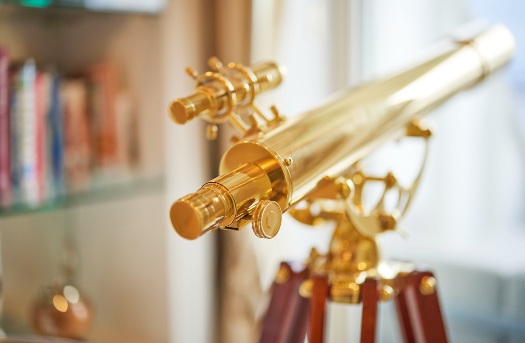Burma’s rich colonial and religious influences
Our Burmese odyssey continued early one Tuesday morning. We had a full schedule ahead of us, but luckily we had prepared with a good night’s sleep.
We were anxious to see the expansive restoration of the colonial buildings that was taking place in Thant Myint-U, so our guide Sann had arranged for us to have a bit of a walking tour. Along the way to our first stop at the old Post Office, we strolled past the street vendors who were dishing out interesting food, as well as coffee and tea.
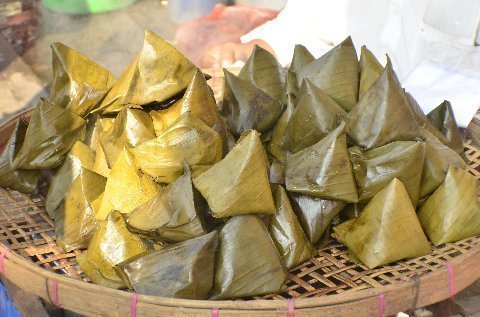
Most interesting was a stand where a lady was hand-rolling betel nut (a sort of local cigarette). The betel leaf is coated with a lime wash and then filled with shredded areca palm nut. The concoction is rolled up, neatly placed into a clear plastic bag and secured with a pin. The users then chew the small packages and spit out a rather disgusting red liquid.
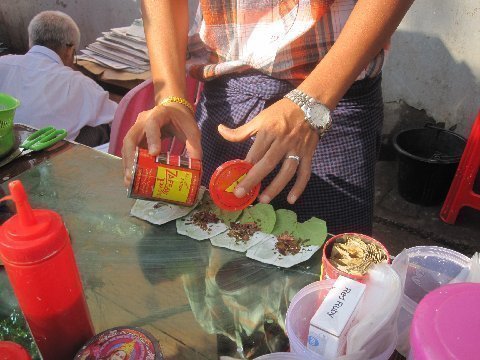
By the time we had reached the Post Office, there was a significant crowd of tourists and customers patiently waiting to get inside.
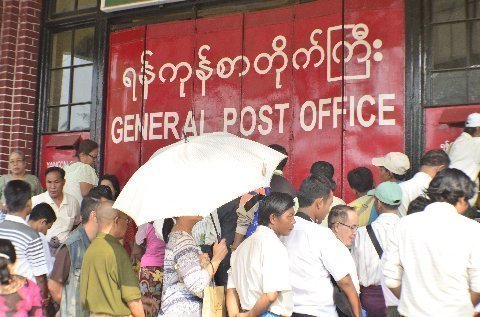
Once the doors opened we went in for a brief look and were amazed to see how much the strong British design influence was still intact. Especially interesting was the cast iron stairway.

We kept walking and ducked into the Strand Hotel, one of the city’s first, for a look at how it has also retained its colonial charm. Several of the older buildings in town are undergoing restoration but others looked sadly neglected.
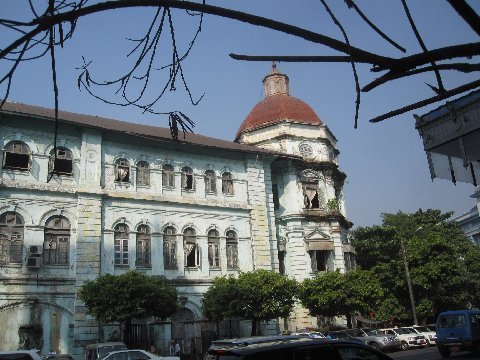
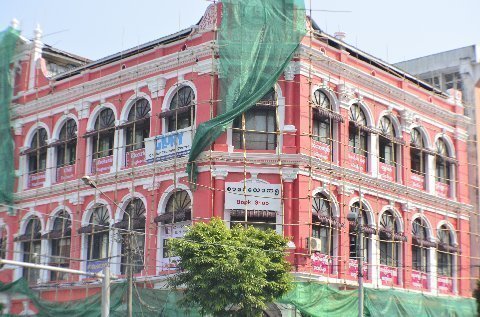
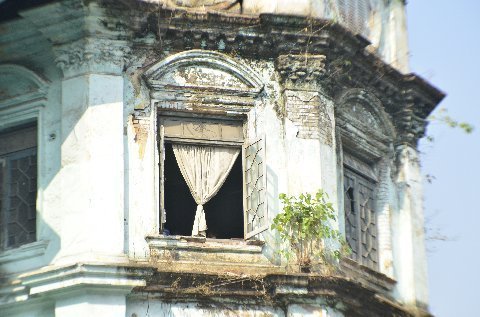
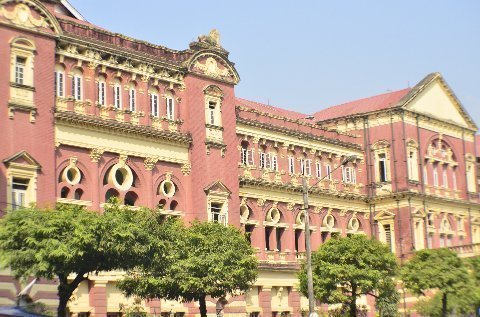
Walking through the town is a good way to get a feel for the city. Everyone seemed to be selling something from a cart or a table or a small storefront.
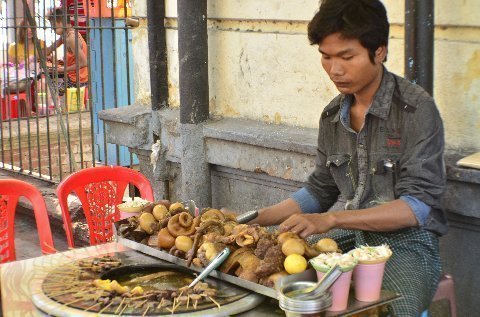

The Sule Pagoda sits in the center of town and is surrounded by a mosque and a Christian church. We didn’t go in but walked and drove around it, admiring the architecture.
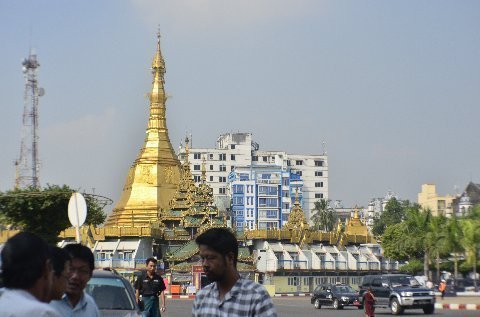
One of our companions had read that there was an old synagogue somewhere in town and asked if we could go see it. Sann made some calls and found the caretaker who very graciously let us in and opened the room where the Torah is kept. This is a very old community but sadly there are only about 20 Jewish people left in the entire country. There is a bit of an expat community so that helps to keep it going. Formerly there were over 100 Torahs but now only two are left. The synagogue was fairly small but very beautiful and we were all glad that we had the chance to visit.
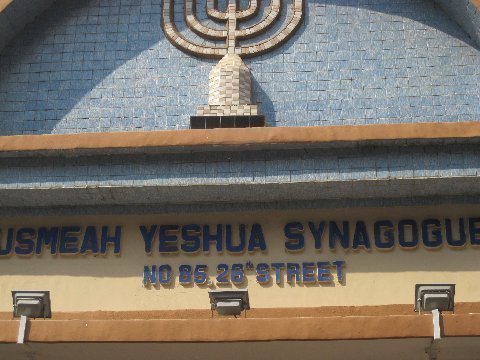
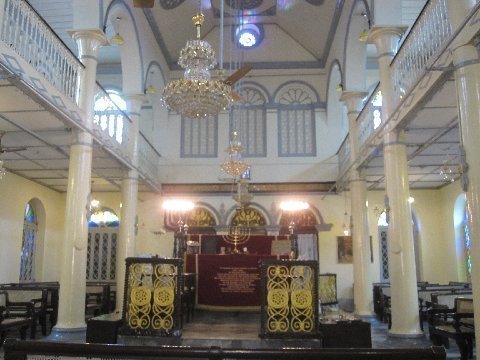
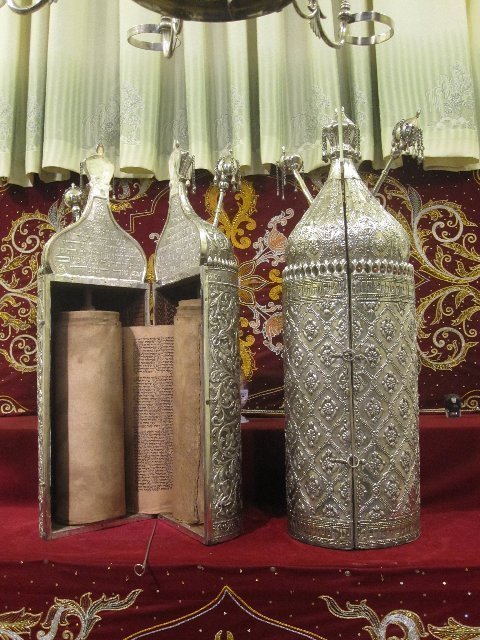
After walking around all morning, our van picked us up outside the synagogue and we drove the short distance to the Sukara Tower where we had a very nice lunch on the top of the building, with a great view of the city.
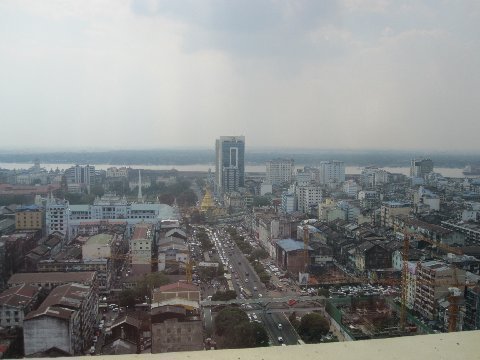
Ready to learn more?
Determine whether life aboard The World is the right fit for you. Talk to one of our Residential Advisors today to learn more about this unique lifestyle, details of upcoming Journeys and Expeditions, and ownership opportunities.
